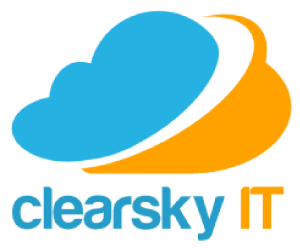LinkedIn, the world’s largest professional network, is rolling out new security changes to address the rising number of fake accounts on the platform. This is a necessary move to keep the platform safe and secure for its users. In this blog post, we will discuss the latest security changes on LinkedIn and emphasise the importance of updating authentication processes to ensure better security.
The Rise of Fake Accounts on LinkedIn
The increasing popularity of LinkedIn has led to a surge in fake accounts, created by scammers for malicious purposes. These fake profiles can be hard to detect and can put users’ personal information and data at risk. LinkedIn’s vast database of user information, including job history and professional interests, makes it a valuable target for cybercriminals. The new security changes are designed to prevent the creation of these fake accounts and enhance the platform’s overall security.
Improved Account Authentication Process
LinkedIn is partnering with secure identity platform Clear to implement an improved account authentication process. Users will need to provide their work email address, government-issued ID, and phone number to verify their account. Once verified, accounts will receive a verification mark, similar to the blue checkmarks introduced by Twitter. The new authentication process is currently being tested in the US, and if successful, we can expect a wider rollout in the coming months.
The Importance of Updating Authentication Processes
Updating authentication processes may seem like a hassle, but it is a necessary evil to ensure better security. Multifactor authentication and password vaults are essential to protect your accounts from unauthorized access. It is also important to stay vigilant against phishing scams that may ask for authentication via toxic links. Clearsky IT can provide guidance and training to help businesses understand passwords and security and stay protected against cyber threats.
Want to find out how we can brighten your day? Get in touch.
You’re a busy person.
We’re here to do the IT so you don’t have to. If you request a call, there’s no pressure to become a customer – we can just have an informal chat about what you’re looking for and go from there.
